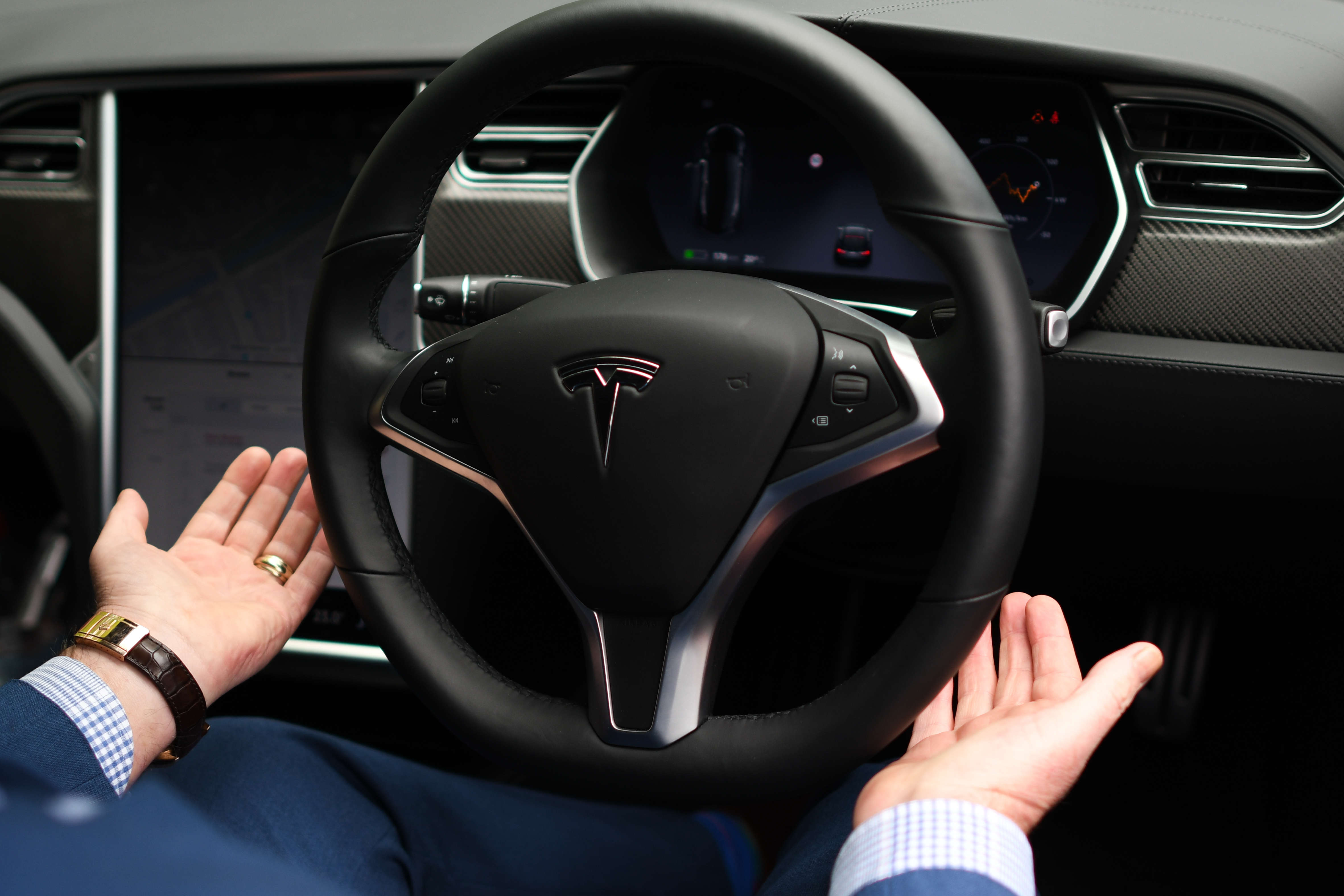Create a free profile to get unlimited access to exclusive videos, sweepstakes, and more!
Tesla on Autopilot hits over 90 mph before police flag down sleepy driver

Earlier this summer, Canadian police received what sounds at first like a routine call. A car was being operated recklessly on a rural highway in southern Alberta. Not too out of the ordinary, right? But the witness who called in the incident went on to report that both front seats were fully reclined with nobody visible inside, and that the car — which turned out to be a Tesla — appeared to be driving itself.
Responding to the call, the Royal Canadian Mounted Police (RCMP) discovered that, sure enough, the offending 2019 Tesla Model S was still still rolling right along when an officer approached, with no one (at least no one attentive) at the wheel. Both of the car’s front seat occupants appeared to be asleep, according to RCMP’s account of the eyewitness’ report.
Naturally, the officer signaled for the car to stop — and that’s when the car, which was operating in Tesla’s proprietary Autopilot driver-assist mode, actually started speeding up. RCMP picks up the tale:
“After the responding Officer activated emergency lights on their vehicle, the Tesla automatically began to accelerate. The Officer was able to obtain radar readings on the vehicle, confirming that it had automatically accelerated up to exactly 150 km/h. After pulling over the vehicle, RCMP charged the driver, a 20-year-old male from British Columbia, with speeding and a 24-hour licence suspension for fatigue.”
For those of us who still keep score by the British imperial system, 150 km/h is plenty fast, coming out to just over 93 mph. The driver ended up being slapped with an additional charge of dangerous driving, and now faces a December court date. RCMP used the incident as an opportunity to remind drivers that Autopilot and similar driver-assistance technologies “are not self-driving systems,” and that “they still come with the responsibility of driving.”
Despite its name, Tesla’s Autopilot system is intended to aid, rather than replace, a driver’s eyes, ears, and hands. Autopilot’s software even received a post-launch update back in 2018 that prevents drivers from using it at all, unless the car detects a driver’s hand on the wheel — though crafty Tesla owners (and even aftermarket manufacturers) have boasted online that they’ve found ways to circumvent that.
RCMP didn’t say whether the driver of the speeding Model S was using such a workaround to trick his car’s Autopilot system into thinking he was in control. We’re just hoping the extra shuteye was worth it in the end (but here’s a wild guess: it probably wasn’t).














